 This month we are delighted to welcome Nicola Penfold as our Guest Editor.
This month we are delighted to welcome Nicola Penfold as our Guest Editor.
Nicola Penfold is the author of three outstanding works of children's fiction. Her debut novel published in February 2020, Where the World Turns Wild is a beautifully written and utterly compelling, dystopian eco-adventure. Continuing to explore themes of environmental disasters and warning, Between the Sea and Sky was published the following year. Beyond the Frozen Horizon, our September 2022 Book of the Month, is another brilliantly told and highly effective wake-up call to all of us to protect the world around us before it is too late. It is an enthralling, atmospheric story which once again demonstrates the author’s ability to brilliantly weave memorable characters and interesting, relatable family dynamics with strong environmental themes, genuine peril, nail biting tension and wonderfully evoked natural settings.
Find out more about Nicola's novels, catch her passion for nature, interest in ecology and her love of books.
Hello everyone! I’m delighted to be Guest Editor this month. November! The last leaves are falling from the trees in beautiful bursts of colour and winter is edging ever closer. It’s one of my favourite times of year. It’s when two of my books are set: Where the World Turns Wild, my first book, and a journey from a dystopian city out into the wild; and Beyond the Frozen Horizon, my most recent, which is a trip to Svalbard in the high Arctic, and a trip into the future as well.
The natural world is vital to my writing. The thing I most want my books to do, is encourage readers to pay attention to the world outside their windows.
A relationship with the natural world can be one of the longest and most important of our lifetimes. There’s loads of evidence that being in nature is good for us. It can make us healthier, happier, calmer, even kinder.
Plus, if we’re connected with the natural world, then we’re going to take care of it. We’re going to notice when things change or go missing. We’re going to stand up for it. We’re going to save it.
So why don’t you take a walk outside this month? Look at the leaves falling around you, their shapes, colours and patterns. Notice what birds and animals you see. It’s a time of years when things are shifting. Preparations for winter are underway. Squirrels are busy gathering and burying nuts, to see them through the colder months ahead. Jays do the same with acorns – you might even be lucky enough to spot one of their electric-blue feathers amongst the leaves (though I never have! I’m still looking!).
Some of our birds have left already for a summer in Africa. Others are arriving from the Arctic, to see out the winter here – birds like fieldfares and redwings, both members of the thrush family. By the coast, you might spot sanderlings and brent geese. Red deer, the UK’s largest land mammal, are engaged in the ‘Rut’, where males lock antlers and compete for female does. Young adult foxes are leaving their parents to find territory of their own, and you can hear their screams at night as they come across other youngsters.
Maybe you’ll catch a falling leaf as you walk. Maybe you’ll even catch a story. Why not take a notebook, so you can scribble it down before it flies away?
Wild Wishes!
Nicola
 Were you interested in science and ecology as a child?
Were you interested in science and ecology as a child?
Lots of children are quite immersed in nature and I was no exception – collecting conkers in the autumn, kicking up leaves, playing hide and seek in the trees. I remember going to observe frogspawn in a local pond, watching as the tadpoles turned into frogs. It’s all a natural element for children if they can be close to it. Then later on, I always really loved science at school, particularly biology, but when it came to the crossroads of deciding what to study at university, I chose English Literature. I’ve kept up my interest in science and ecology however.
There is a fascinating supernatural element in your latest novel, Beyond the Frozen Horizon. Do you believe that there are some things which do not have a rational explanation?
I’m quite a rational person, but I’ve had a few moments in my life where I’ve felt the existence of something beyond this world. Moments around birth and death – this connection to whatever lies outside or around our lives here. This is actually a really comforting thought for me.
How did you come across the story of Pyramiden?
It was after the idea for my book had been agreed. I knew my story would be set in Svalbard, a remote archipelago halfway between Norway and the North Pole, and in an optimistic future, where wildlife is more protected. But the story wasn’t coming to life. Then I found out about Pyramiden, an old Russian mining town, now a so called ‘ghost town’, and my imagination did the rest. Straight away, I could see it all, and imagine these Soviet era buildings I’d seen on YouTube, thronging with people. Children running around inside, too cold to be outside. A swimming pool – the world’s most northerly. The discordant notes of an out of tune grand piano. It felt like these things were clamouring to be included. This turned my eco-adventure into a bit of a ghost story as well.
Is research a big part of your writing process or is imagination more important?
That’s a tricky question! I think imagination comes first. That daydreaming, inventing stage, where everything is possible – that’s where a book is really born. But for me, research helps me get to that stage. It can provide often strange and small, but quite important details that can push a book onto another level. It makes it all feel more real.
The bond between animals and humans is always a strong feature of your books. Are animals part of your own life?
Yes! I have three very lovely cats, Polly, Pearl and Ailah. They’re a big part of our family life and all have their own characters. Polly is clever and thoughtful - there’s a lot going on behind her beautiful blue eyes. Pearl is sweet and little, and loves nothing more than a lap to sit on, or a patch of sunlight. Ailah is a big – and still growing – Maine Coon, who drapes herself around the house, and is quite dog-like - bounding around chasing Ping-Pong balls and sitting at our feet.
What sort of real-life adventures/ experiences have you had in the wild?
I love adventures outdoors, but I’ve had nothing like the ones in my stories. The moments that stand out for me are the slow, quiet ones. We went on a boat holiday on the Norfolk Broads a couple of summers ago, and I loved mooring up in the evenings, watching the swans sail by and occasionally the flash of blue and orange of a kingfisher. I have also had an amazing couple of holidays above the Arctic circle, in northern Finland. Visiting these snowy landscapes, being deep in ancient forest, seeing the northern lights – these are some of my wildest, best memories.
What made you want to be a writer?
Definitely the books I read!
What was the first book you fell in love with?
It wasn’t the first, because I loved so many picture books, but out of the books I read myself, I really adored a book called The Animals of Farthing Wood by Colin Dann. It had so many elements I found magical – animals (of all kinds), the sense of danger, the journey somewhere new and unexplored, the wild wood. It really spoke to me and still inspires my writing now.
Another book for Little Tiger Press. I can’t tell you much about it, but like my other books so far, it’s about young people in a wild landscape.
What are you currently reading and which books are in your to-read pile?
Right now, I’m just beginning The House of Shells by Efua Traore. I loved her first book, Children of the Quicksands. I also have waiting by my bed Giant by Nicola Skinner, The Light in Everything by Katya Balen and The Good Turn by Sharna Jackson.
What does LoveReading4Kids mean to you?
It’s an amazing and fun database of books. I love how you can search for books for different age ranges and on different topics, and click to find out about the author, and get reader reviews. And leave reviews yourself – this is great for young readers (and every author very much appreciates reviews!). It’s a wonderful resource. I use it to find books for all the children in my life! And myself!
As our Guest Editor, Nicola has given us her top five children's book recommendations and chosen a Book of the Month.
"I’m a big believer in the power of books to take us to wild places. I could have picked so many stories that do this, but I have whittled it down to five. These books all offer exciting adventures, but also the magic of animals and wild landscapes."
 The Girl Who Lost a Leopard by Nizrana Farook. Set in the sumptuous queendom of Serendib (Sri Lanka), like Farook’s previous books. Poachers cast a shadow over Selvi’s world and she tries to help save a rare and beautiful leopard.
The Girl Who Lost a Leopard by Nizrana Farook. Set in the sumptuous queendom of Serendib (Sri Lanka), like Farook’s previous books. Poachers cast a shadow over Selvi’s world and she tries to help save a rare and beautiful leopard.
Scarlet Ibis by Gill Lewis. A tale of two siblings, Scarlet and Red, finding their path through difficult times, struggling to stay safe and together. Little brother Red’s love of birds and feathers is something I’ll never forget.
Where the River Runs Gold by Sita Brahmachari. A very dystopian beginning, where a ruling class put children to work, pollinating crops in a nature-depleted world, but ultimately this becomes a journey back to the natural world.
The Time of Green Magic by Hilary McKay. Full of the chaos, noise and emotion of family life, plus the quiet magic of books, and a wild cat. This book is set in an ivy-covered house as autumn turns to winter.
The Wolf Road by Richard Lambert. A teenage boy goes to stay with his grandmother in Cumbria, following the tragic death of his parents in a road accident. He’s shadowed by a wolf, and a group of bullies from school. Wild, raw and beautiful.
 Nicola's Book of the Month for November, The Tale of Truthwater Lake by Emma Carroll. Emma Carroll takes us thirty years into the future and a summer of record-breaking temperatures. Polly lives by the south coast and is spending her summer holiday shut up indoors because of new government curfews to keep people out of the hot sun (flashback to July in the UK!). Following a late-night forbidden swim that goes horribly wrong, Polly and her brother Joel are sent away to visit their aunt, who lives on the shore of a reservoir. Modern fears about climate change and the influence of social media are framed by dives into the past. 1952 is a very different world, but has its own threats, including the risk to Nellie’s beloved village of being flooded for a proposed reservoir. There’s a lovely message about being true to yourself, even when it takes exceptional bravery. Also the enduring power of a cold-water swim!
Nicola's Book of the Month for November, The Tale of Truthwater Lake by Emma Carroll. Emma Carroll takes us thirty years into the future and a summer of record-breaking temperatures. Polly lives by the south coast and is spending her summer holiday shut up indoors because of new government curfews to keep people out of the hot sun (flashback to July in the UK!). Following a late-night forbidden swim that goes horribly wrong, Polly and her brother Joel are sent away to visit their aunt, who lives on the shore of a reservoir. Modern fears about climate change and the influence of social media are framed by dives into the past. 1952 is a very different world, but has its own threats, including the risk to Nellie’s beloved village of being flooded for a proposed reservoir. There’s a lovely message about being true to yourself, even when it takes exceptional bravery. Also the enduring power of a cold-water swim!
As with all Emma Carroll books, this is gorgeously told. The characters voices chattered brightly through my head as I read, and I couldn’t stop turning the pages. I must mention the incredible artwork, on the cover, dustjacket and endpapers, by Daniela Jaglenka Terrazzini. This should be on all the Christmas lists!
With huge thanks to Nicola Penfold. You can find Nicola's three novels below, read a review and you can download the first chapter of each.


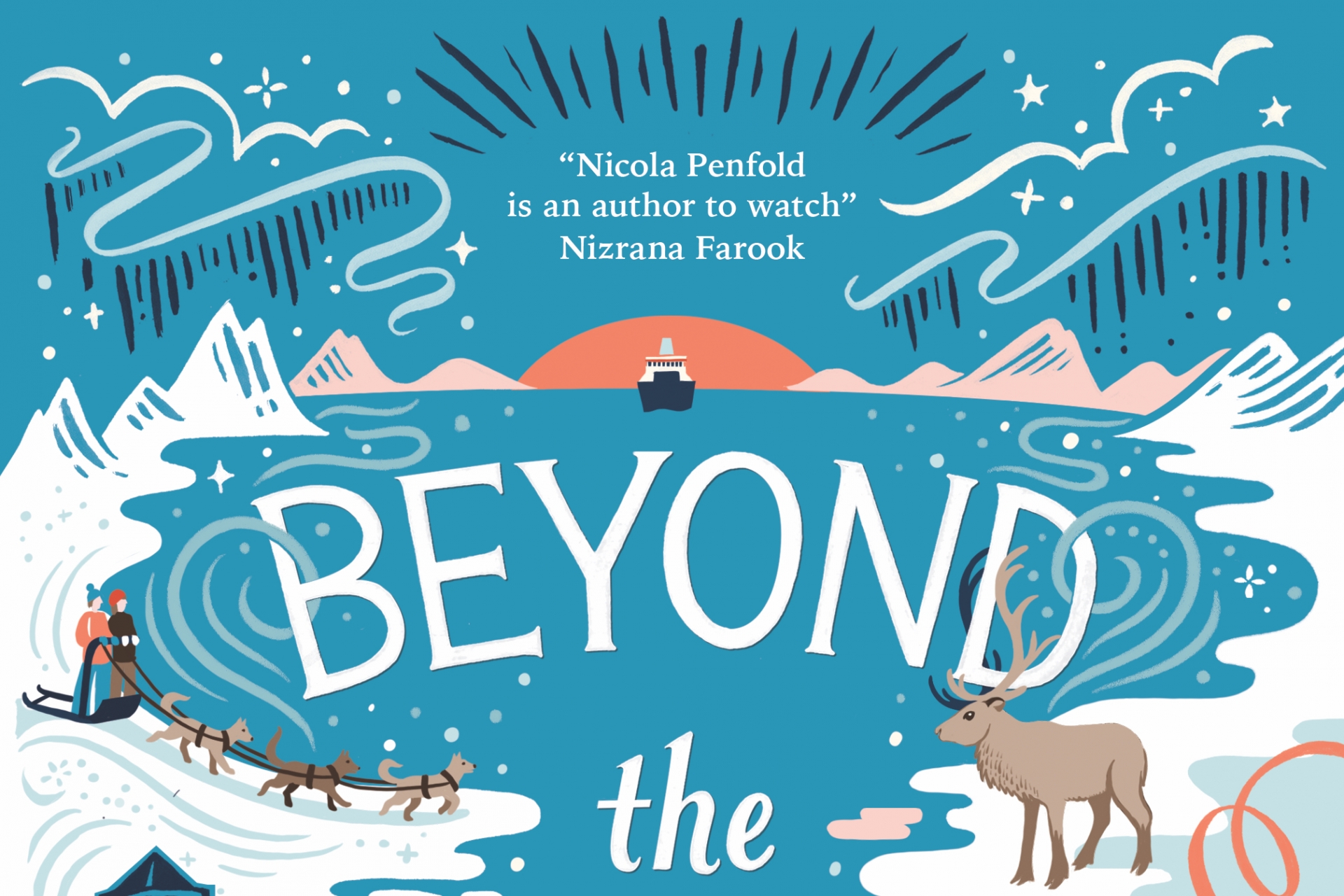

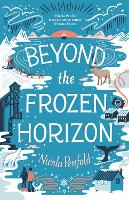

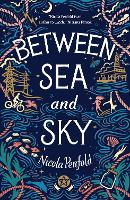
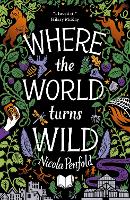

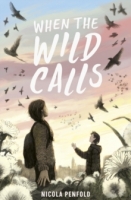

Comments (0)
Leave A Reply
You must be logged in to post a comment.